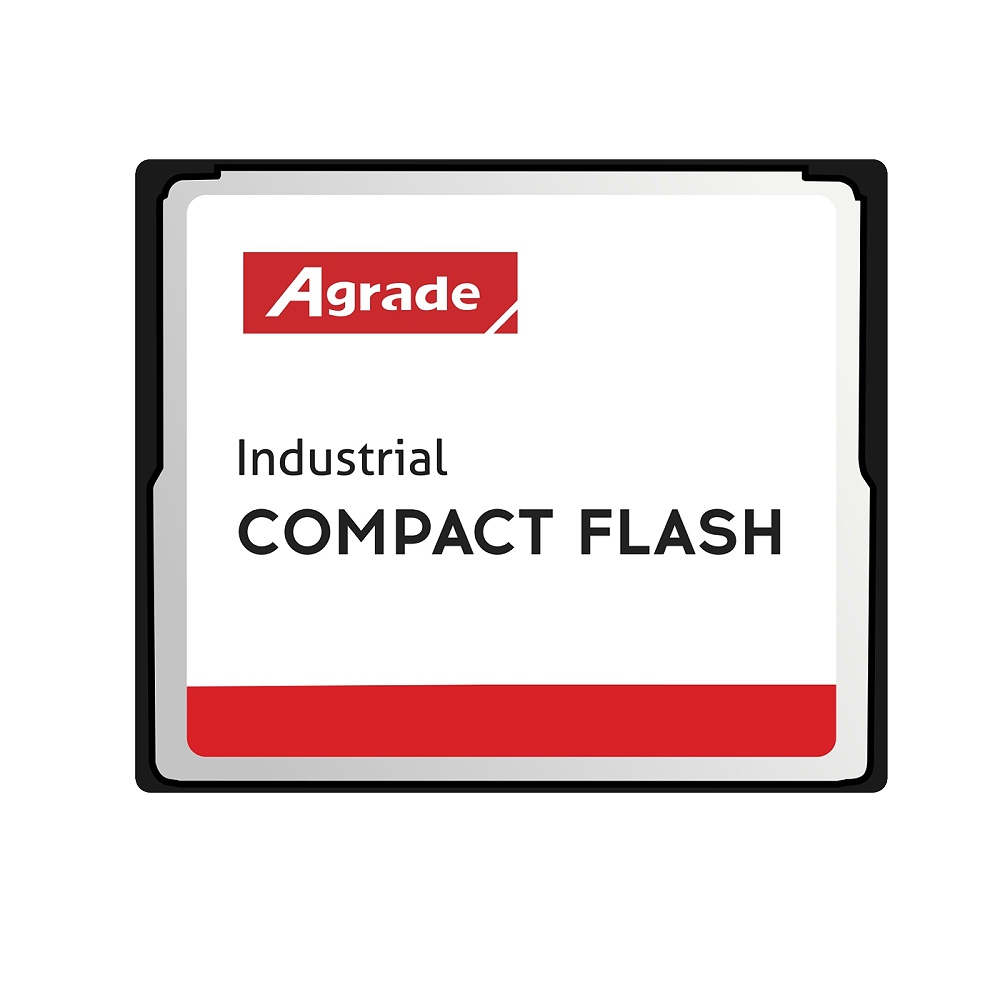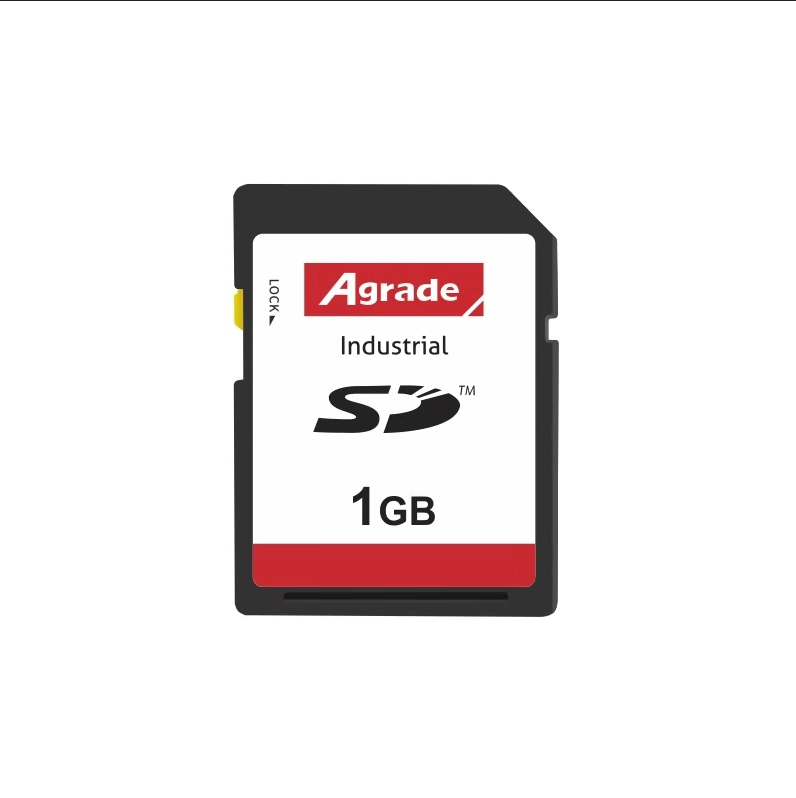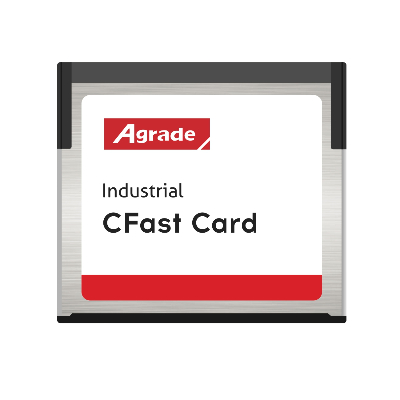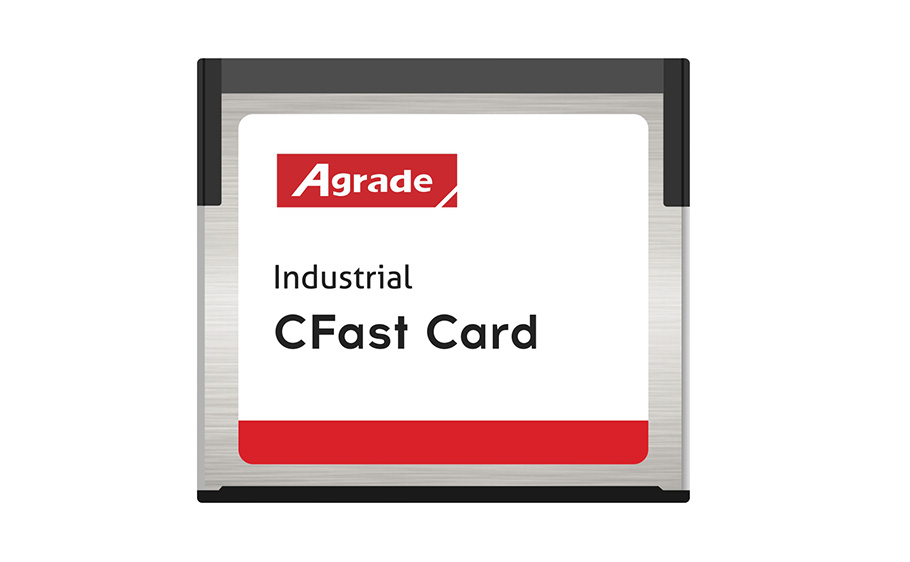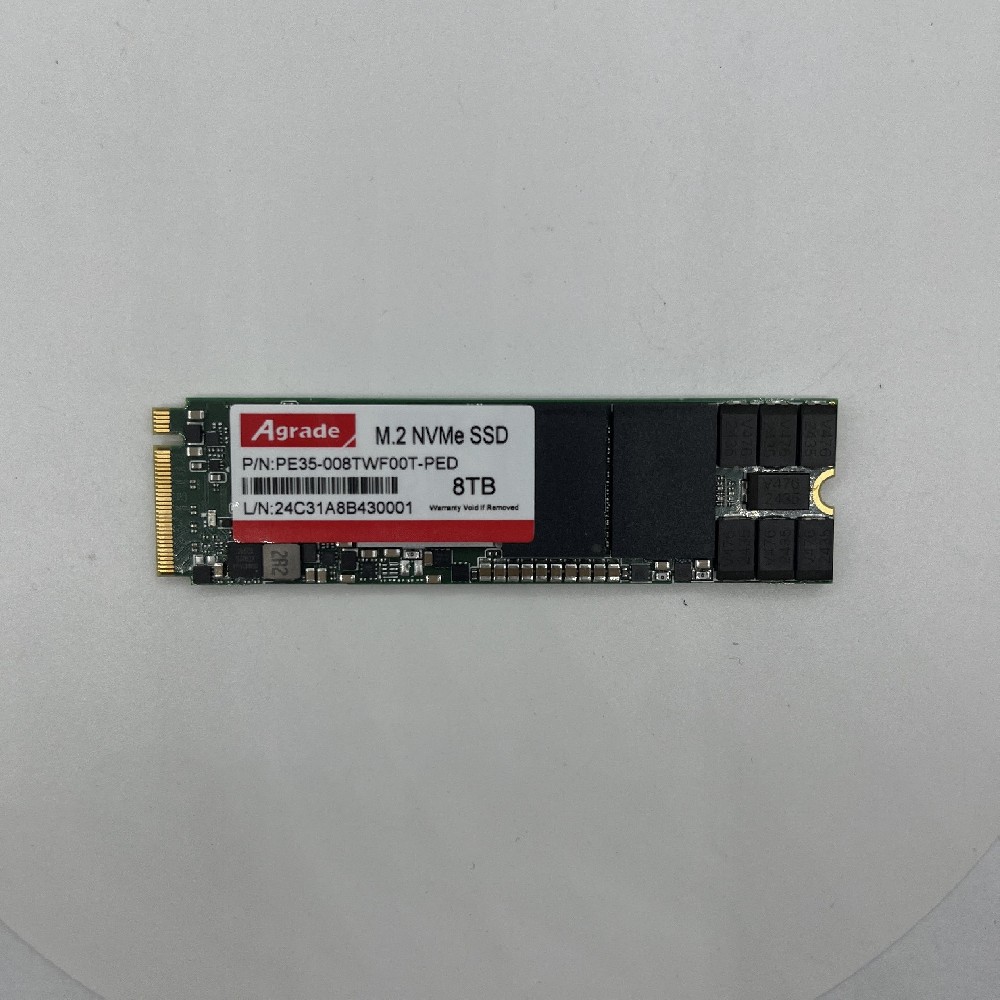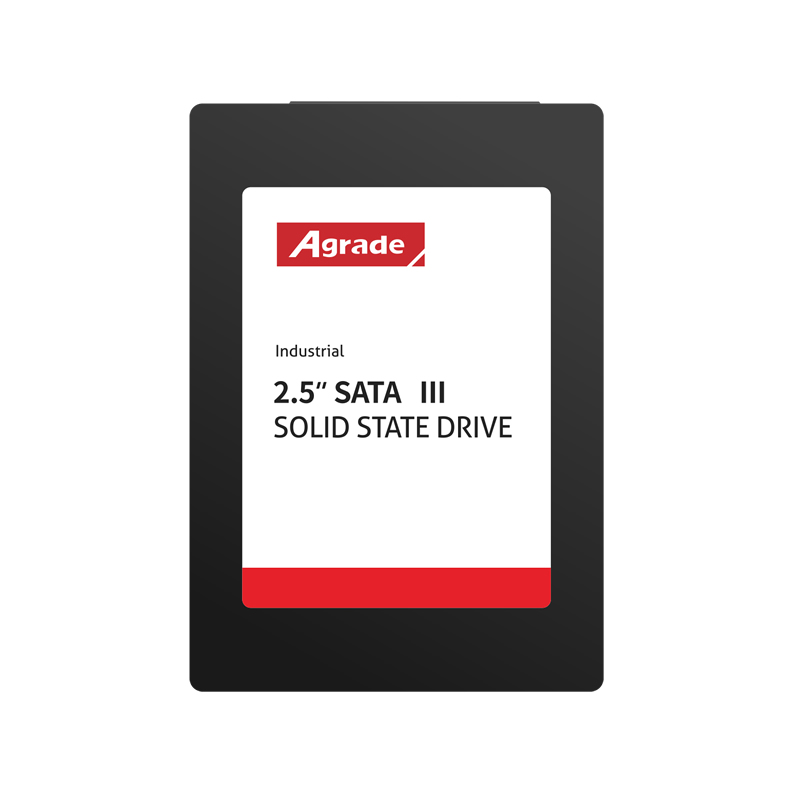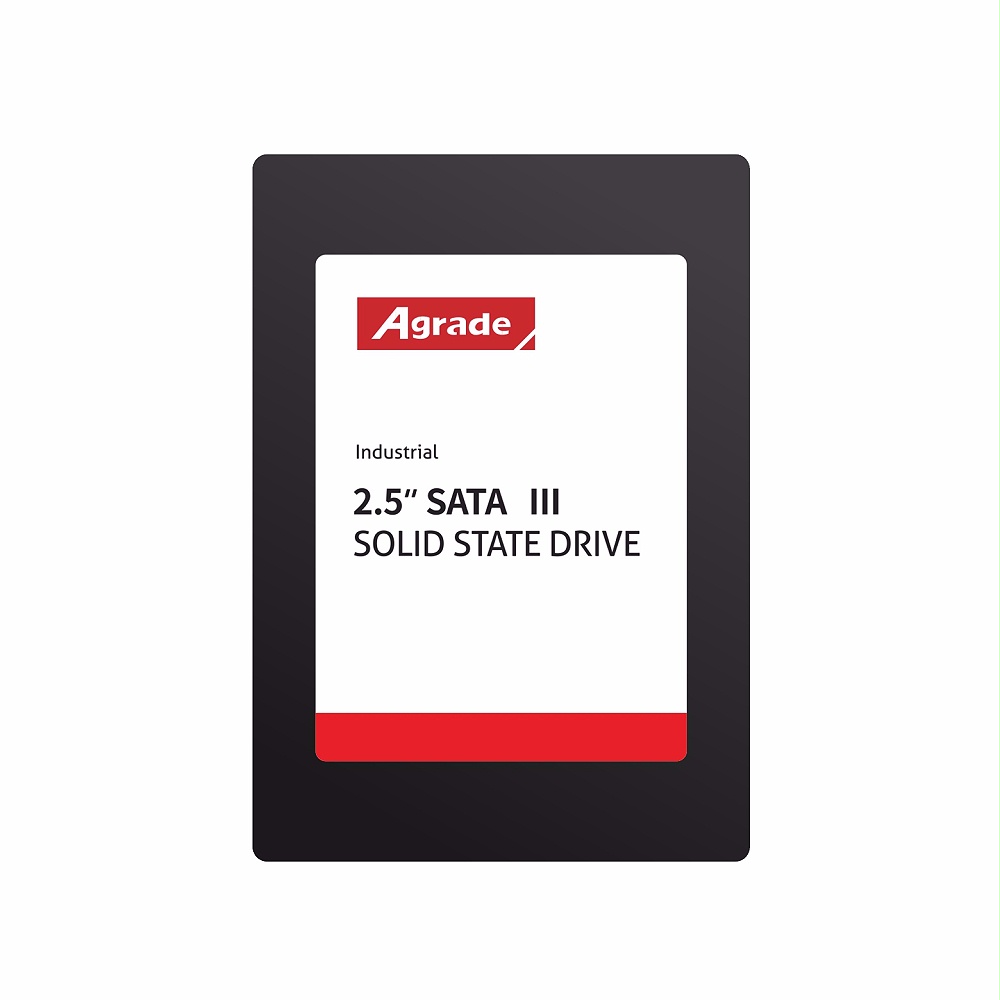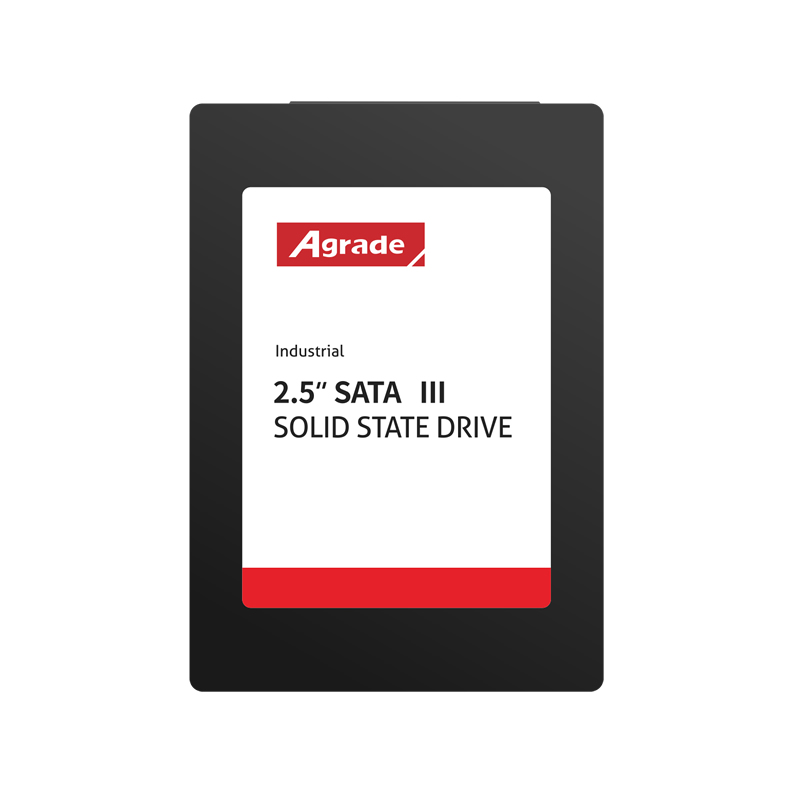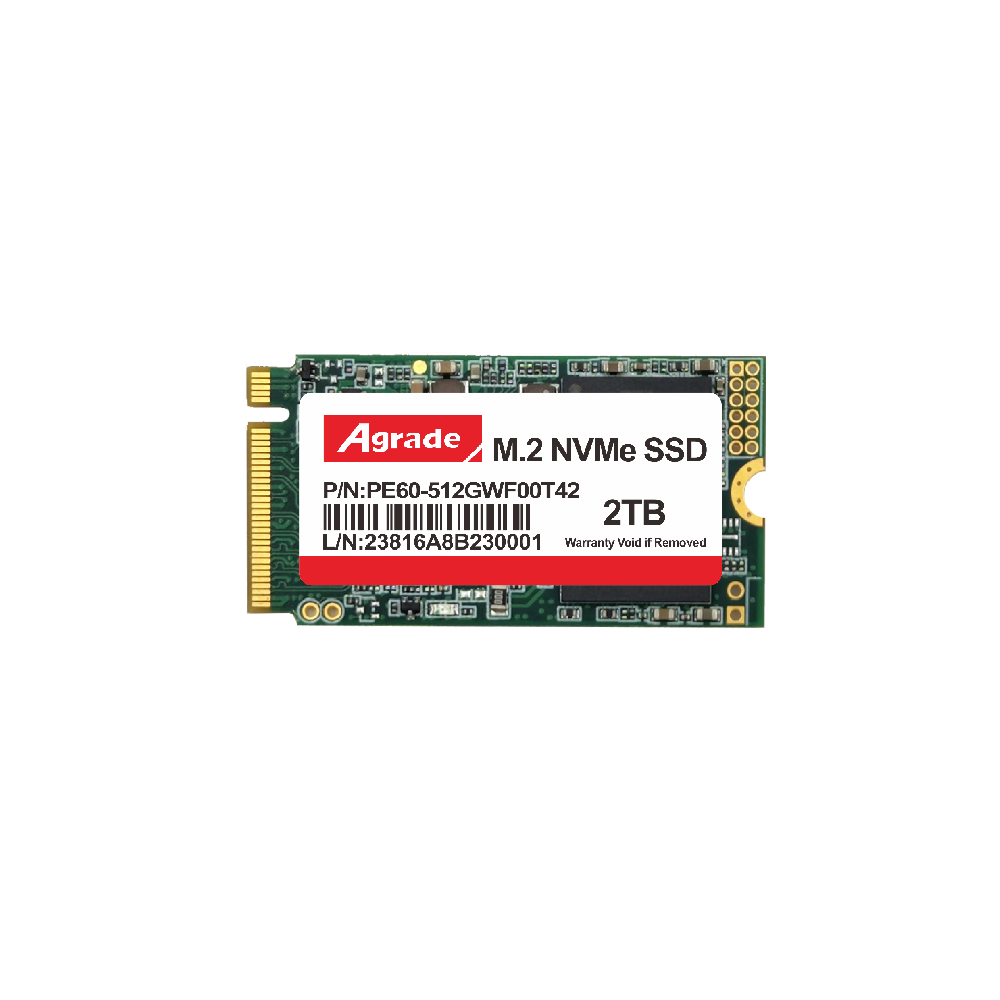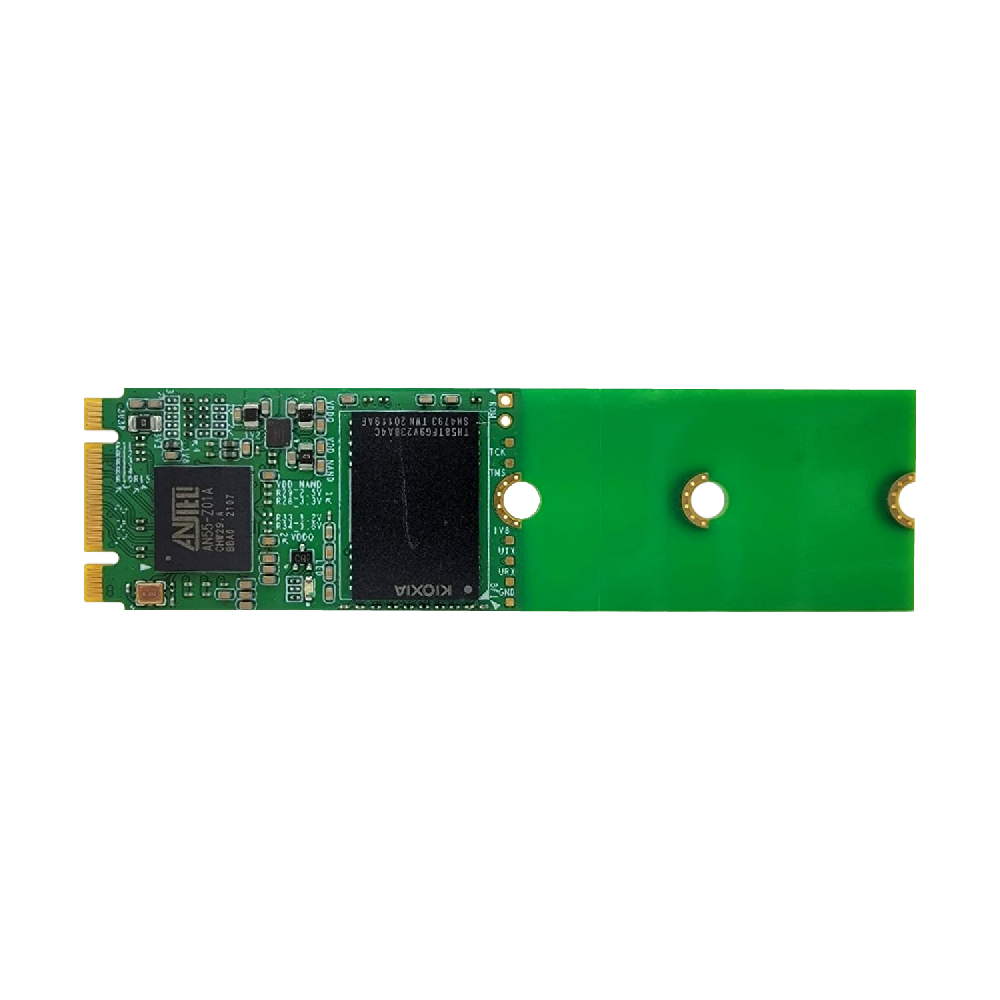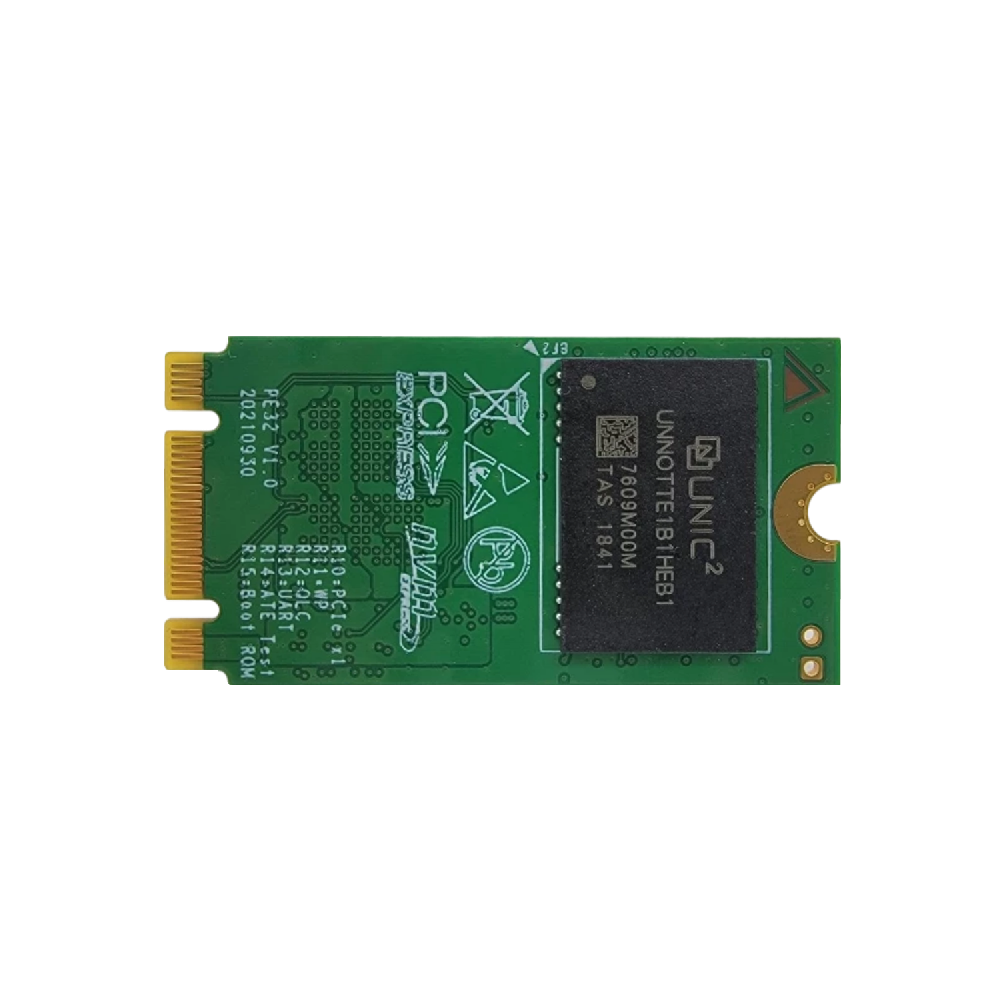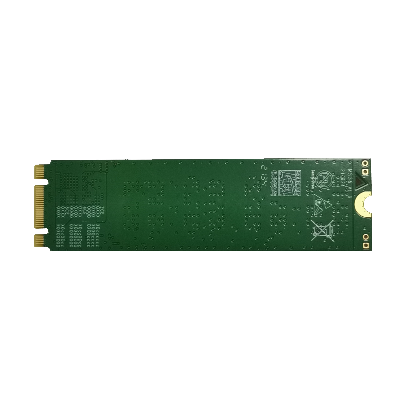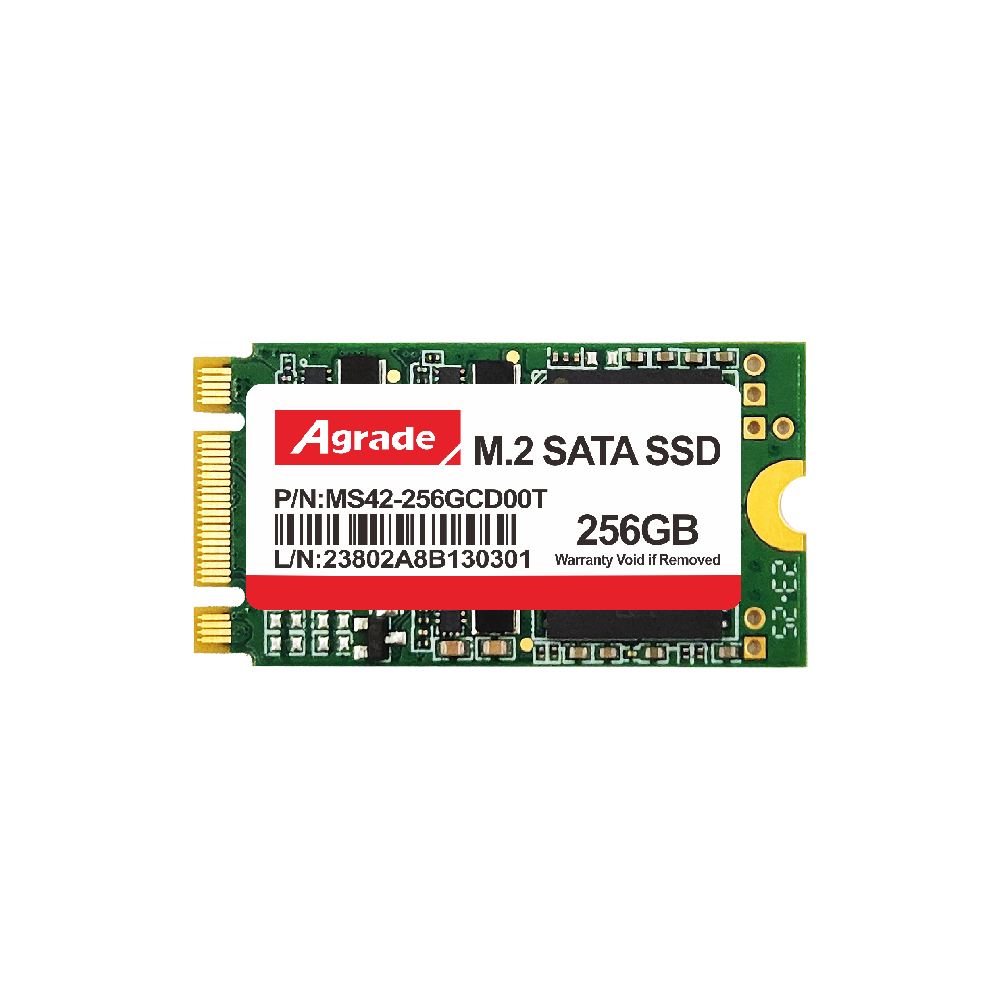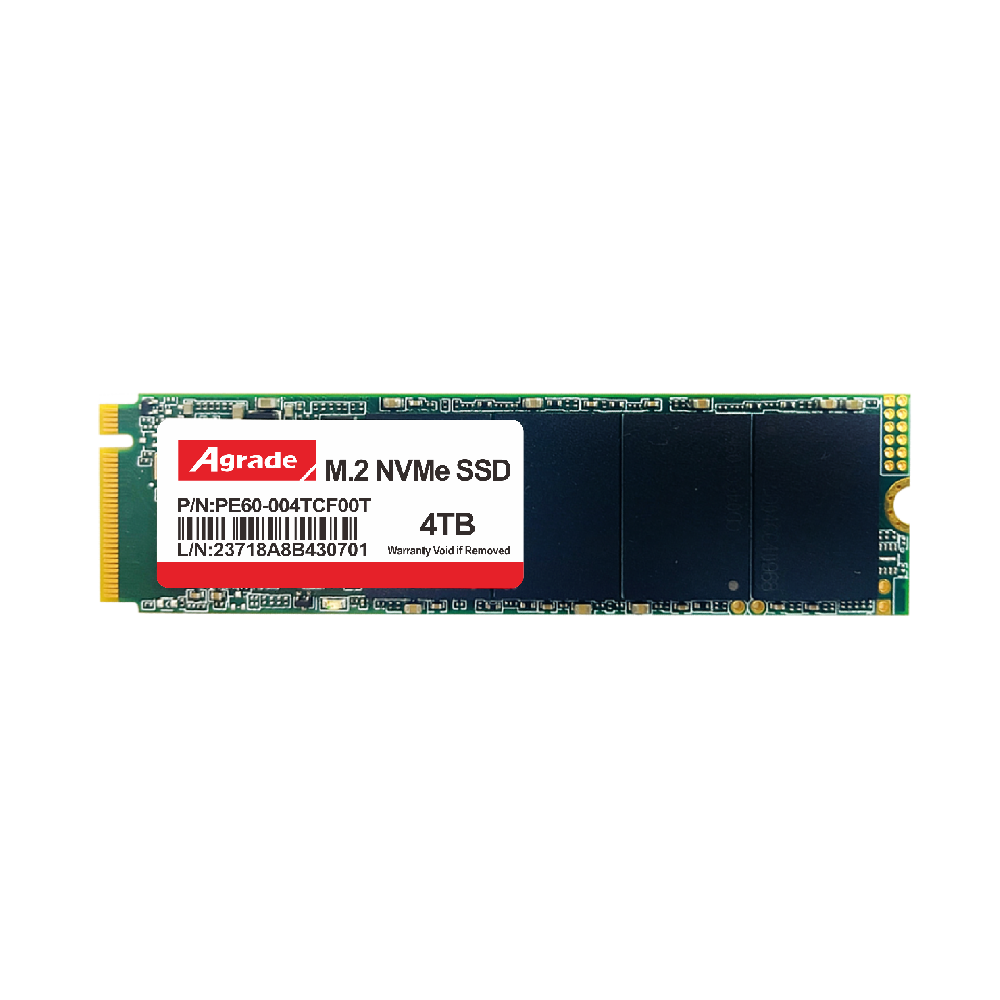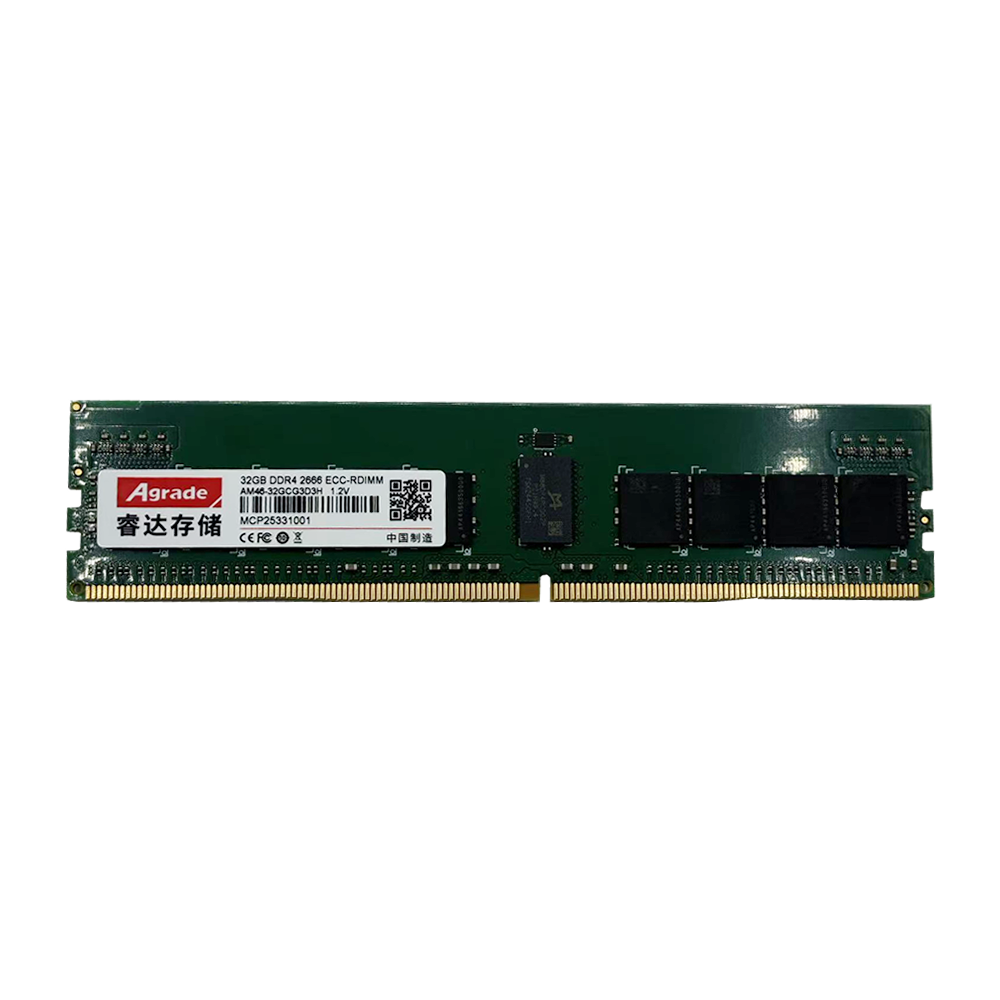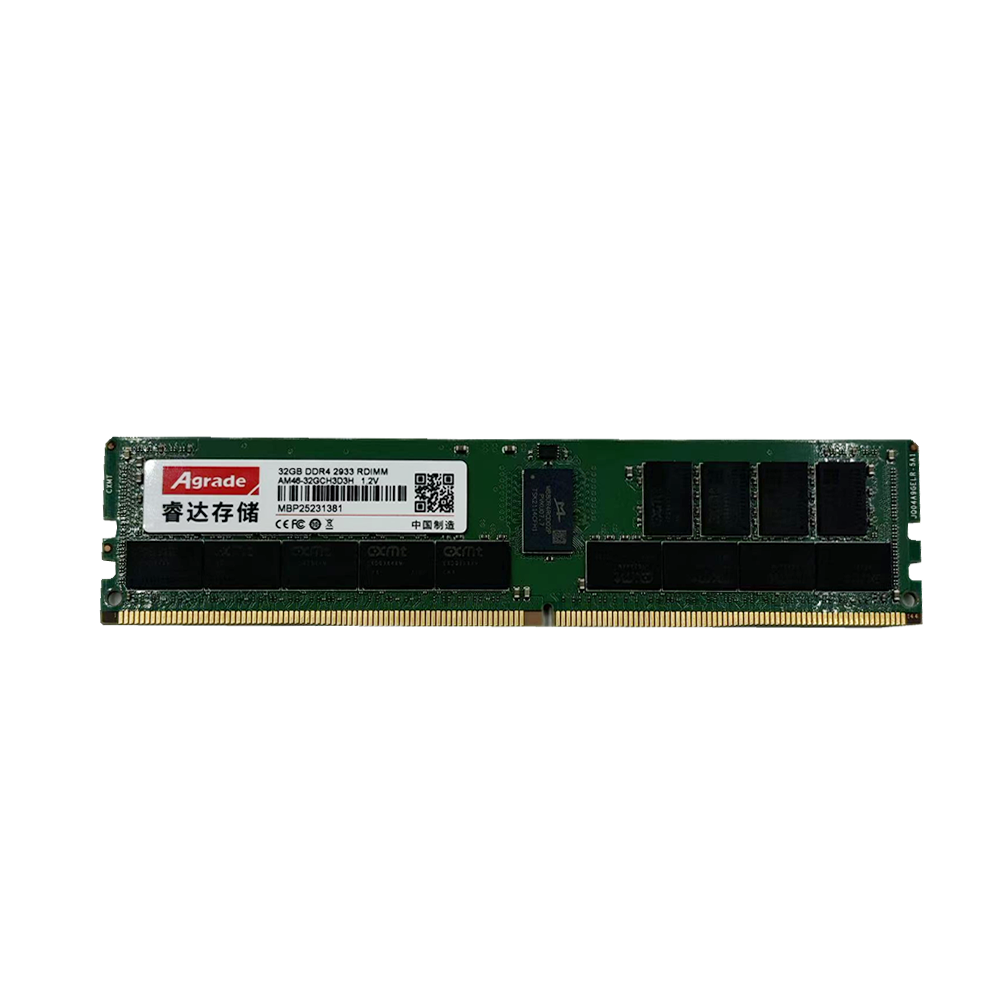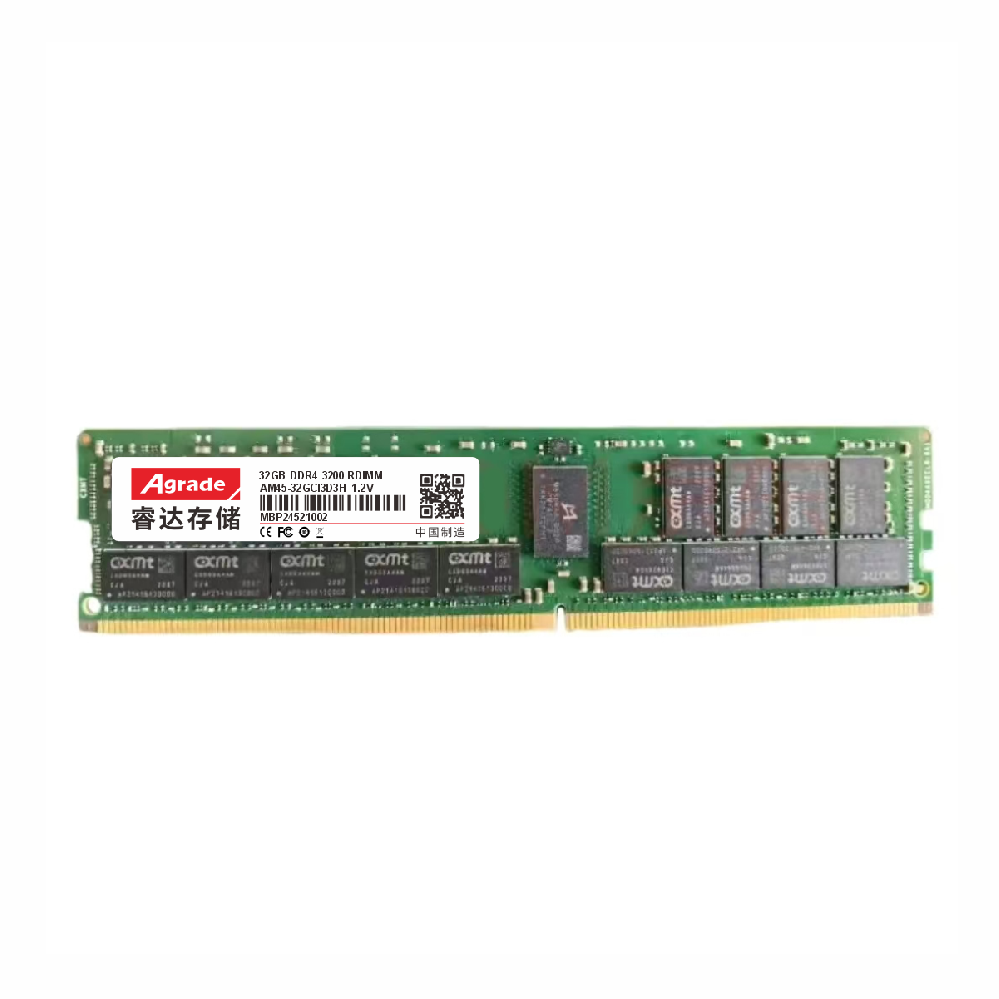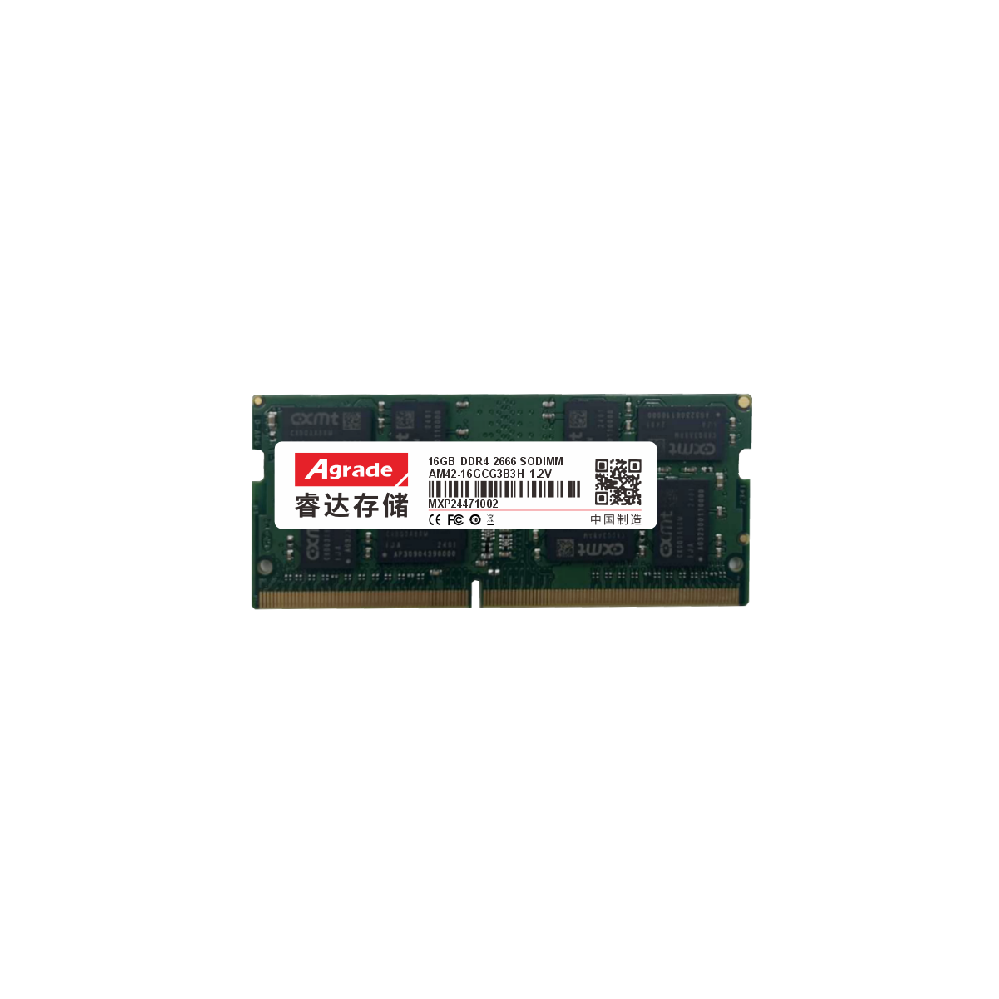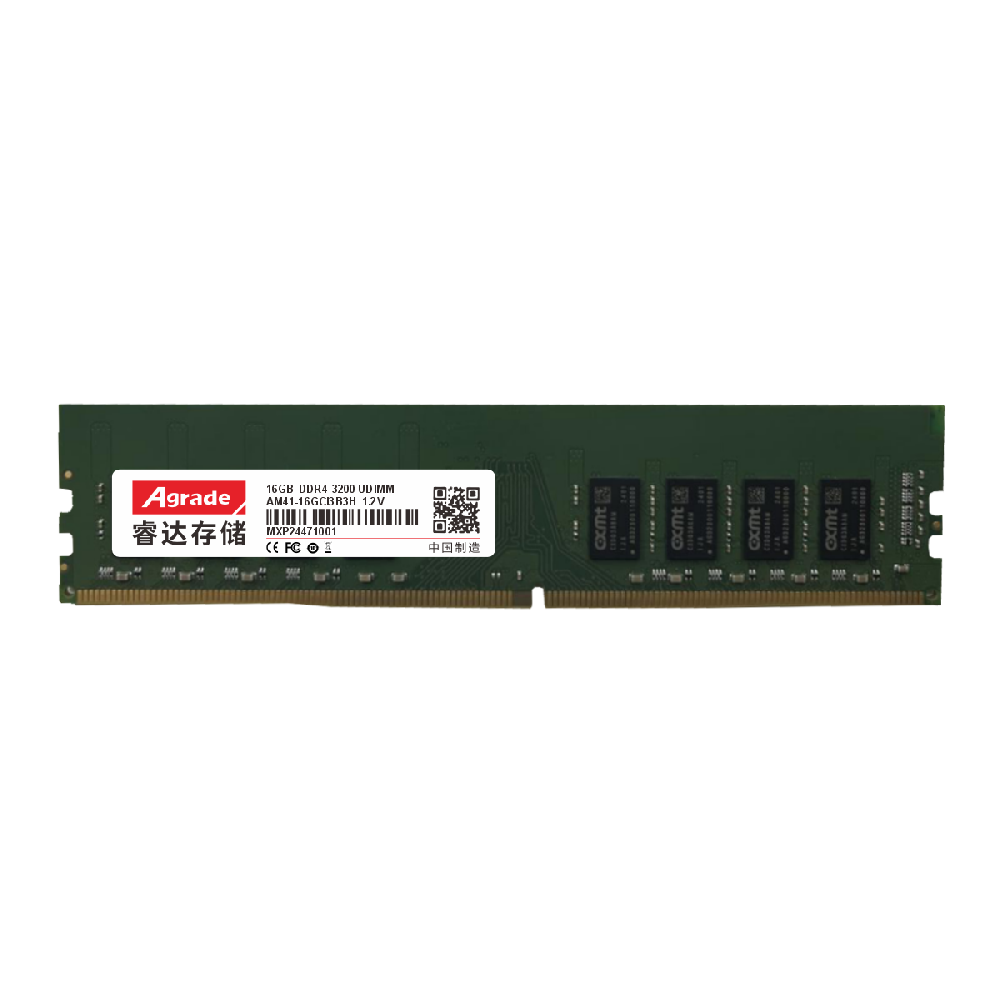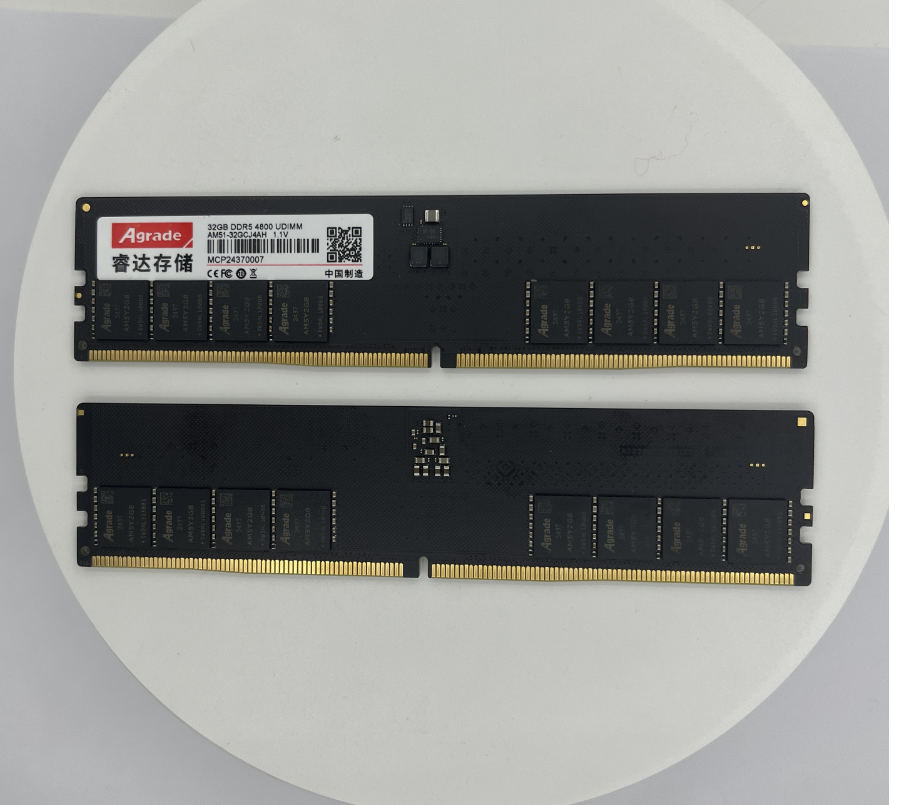

News
 电商部
电商部  2025-11-10 12:09:30
2025-11-10 12:09:30 Comparison of Data Destruction Methods between Industrial Solid State Drives and Conventional Solid
Solid state drives (SSDs), as important devices for data storage, play a crucial role in both industrial and general applications. However, there are significant differences in the methods and effects of data destruction between the two. This article will provide a detailed introduction on how industrial grade solid-state drives can destroy data and compare them with regular solid-state drives.
Industrial grade solid-state drives adopt various advanced methods in data destruction to ensure the thoroughness and irretrievability of data. Among them, logical destruction is a relatively common type. It uses professional data destruction software or secure erase commands to repeatedly overwrite data, ensuring that the original data is overwritten by new data and cannot be restored through conventional means. This method is efficient and fast, usually completed within a few minutes. In addition, industrial grade SSDs also use ATA secure erase commands or NVMe secure erase commands to trigger the firmware inside the SSD to perform data overwrite operations, further ensuring the thoroughness of data destruction.

Physical destruction is another important method of data destruction. Industrial grade solid-state drives completely destroy storage media through physical means, ensuring that data cannot be recovered by any technical means. This includes crushing, cutting, burning, drilling, or melting SSDs to completely destroy their storage media and chips. Physical destruction is the most thorough method of data destruction, once completed, SSDs will be completely scrapped and cannot be used again.
In addition, industrial grade solid-state drives also have a self destruct function. After receiving a specific trigger signal, the storage medium is irreversibly destroyed through hardware circuits to achieve complete data destruction. This function is usually used as a last resort to ensure data security in extreme situations.
In contrast, ordinary solid-state drives have relatively simple and limited methods and effects in data destruction. They usually use data erasure software or physical destruction methods, but the effect is not as thorough as industrial grade SSDs. Especially for SSDs, simple data erasure often cannot completely overwrite the original data, and there is a risk of recovery. Although physical destruction is effective, it lacks the diversity and efficiency of industrial grade SSDs.
Overall, industrial grade solid-state drives adopt various advanced methods in data destruction to ensure the thoroughness and irretrievability of data. These methods are not only efficient and fast, but also secure and reliable, meeting the high standards of data security and confidentiality requirements of different industries. In contrast, ordinary solid-state drives have relatively simple and limited methods and effects in data destruction, and cannot provide the same level of data security protection. Therefore, when choosing storage devices, industrial grade or ordinary solid-state drives should be reasonably selected based on actual needs and data security requirements.

